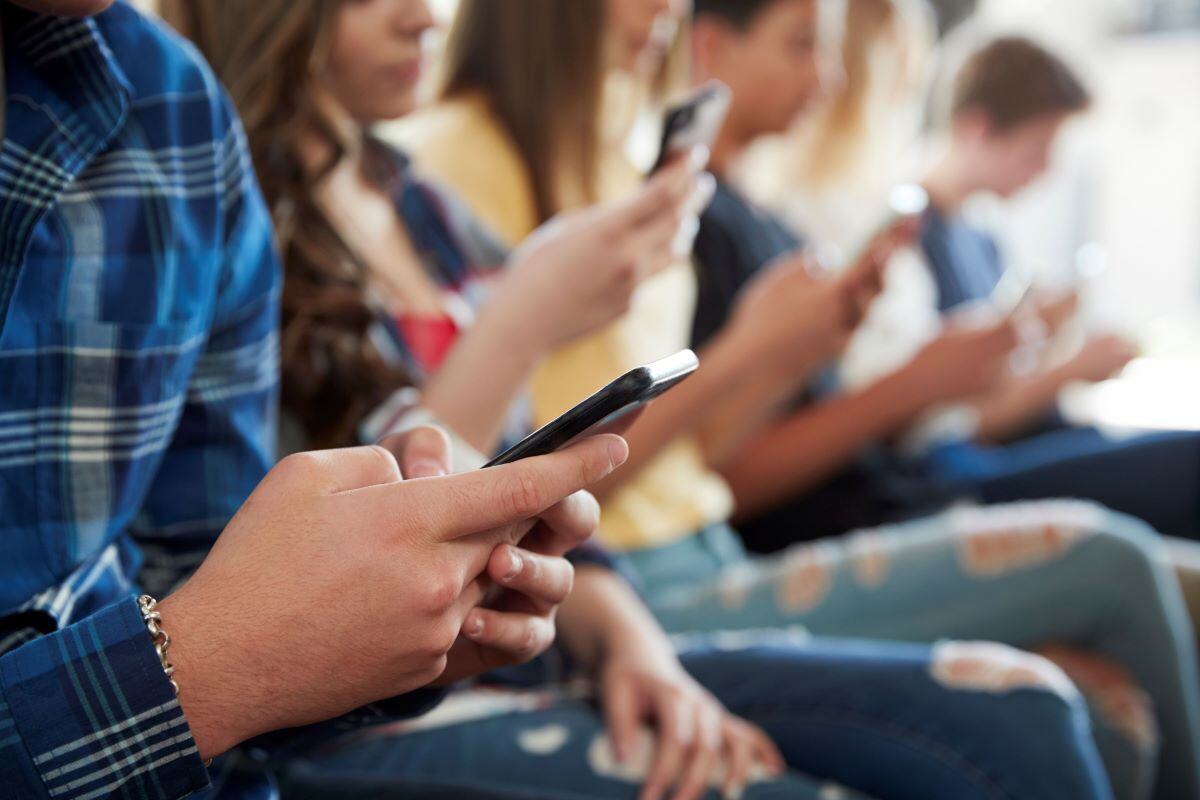In a significant move to address the growing concerns over cell phone use in schools, Governor Sarah Sanders of Arkansas has introduced a pilot program aimed at reducing cell phone use during school hours. This initiative is part of a broader effort to enhance student learning and well-being. However, it also raises important questions and considerations about the role of technology in education and the implications for student safety and mental health.
A Growing Trend
More and more schools are moving towards reducing cell phone use in the classroom. The motivations behind these policies are varied and complex. On one hand, there are clear benefits in terms of improving attention spans, enhancing social interaction skills, and supporting mental health. On the other hand, it's crucial to consider the impact on students' ability to stay connected with their families during emergencies, report concerns like bullying, and maintain a sense of security.
Multiple Perspectives to Consider
It's essential to look at this issue from multiple angles. While limiting cell phone use can reduce distractions and help students focus on their studies, it’s equally important to acknowledge how such measures might affect their mental health and social dynamics. Here are some key perspectives to consider:
- Mental Health and Identity: For many students, their cell phone is a significant part of their identity and social life. Removing this can cause anxiety and feelings of isolation. The fear of missing out (FOMO) is real and can have a detrimental impact on their mental well-being.
- Attention Span and Academic Performance: Reducing cell phone use can help students concentrate better in class, leading to improved academic outcomes. However, this benefit must be weighed against the potential stress and anxiety caused by separating students from their phones.
- Social Interaction Skills: Encouraging face-to-face interactions can help students develop stronger social skills and emotional intelligence. Yet, it’s important to ensure that these interactions are positive and inclusive, rather than a source of further stress.
- Safety and Communication: Cell phones are vital tools for maintaining safety and communication. In emergencies, they are crucial for students to contact their families and for reporting concerns like bullying and threats of violence. Any policy change must carefully balance these safety needs with the goal of reducing distractions.
- Preventing Students From Defeating your Solutions: As we all know, students can be very inventive when they want to be. For every solution you devise, there is a way to defeat it. Students are buying burner phones, magnets to defeat the pouches, using other people’s phones, and so on. What are you going to do to prevent students from defeating your solution?
Thoughtful Decision-Making
Governor Sanders’ initiative is a step in the right direction, but it’s important that it doesn’t become a knee-jerk reaction. Effective policies should be the result of comprehensive discussions that include all stakeholders: educators, parents, students, and safety experts. A decision made without consulting all relevant parties, especially those responsible for safety, can lead to unforeseen consequences.
For instance, at least one school district implemented a similar policy focusing on mental health and safety but did so without involving the safety director in the conversation. This oversight can lead to gaps in the policy that may affect its overall effectiveness and student safety.
Balancing Anxiety and Safety
While the intent behind reducing cell phone use is to enhance learning and social interactions, it’s crucial to also consider the potential anxiety it may cause among students. For many, their phones are a lifeline to their social world and identity. Removing them suddenly can cause significant stress and feelings of disconnection. This anxiety can counteract the intended benefits of the policy.
A Holistic Approach
At CrisisGo, we believe in a holistic approach to student safety and well-being. Any policy aimed at reducing cell phone use in schools must consider all aspects of student life. This includes not only academic performance and social interactions but also mental health, safety, and the need for emergency communication.
Conclusion
Governor Sara Sanders’ initiative to reduce cell phone use in Arkansas schools is a thoughtful step towards improving student focus and interaction. However, it’s essential to approach this issue with a comprehensive understanding of its various implications. By considering all perspectives and involving all stakeholders in the decision-making process, we can create policies that truly enhance student well-being and safety. Let’s ensure that our efforts to improve education are thoughtful, inclusive, and effective.








.png)

-1.png)

No Comments Yet
Let us know what you think